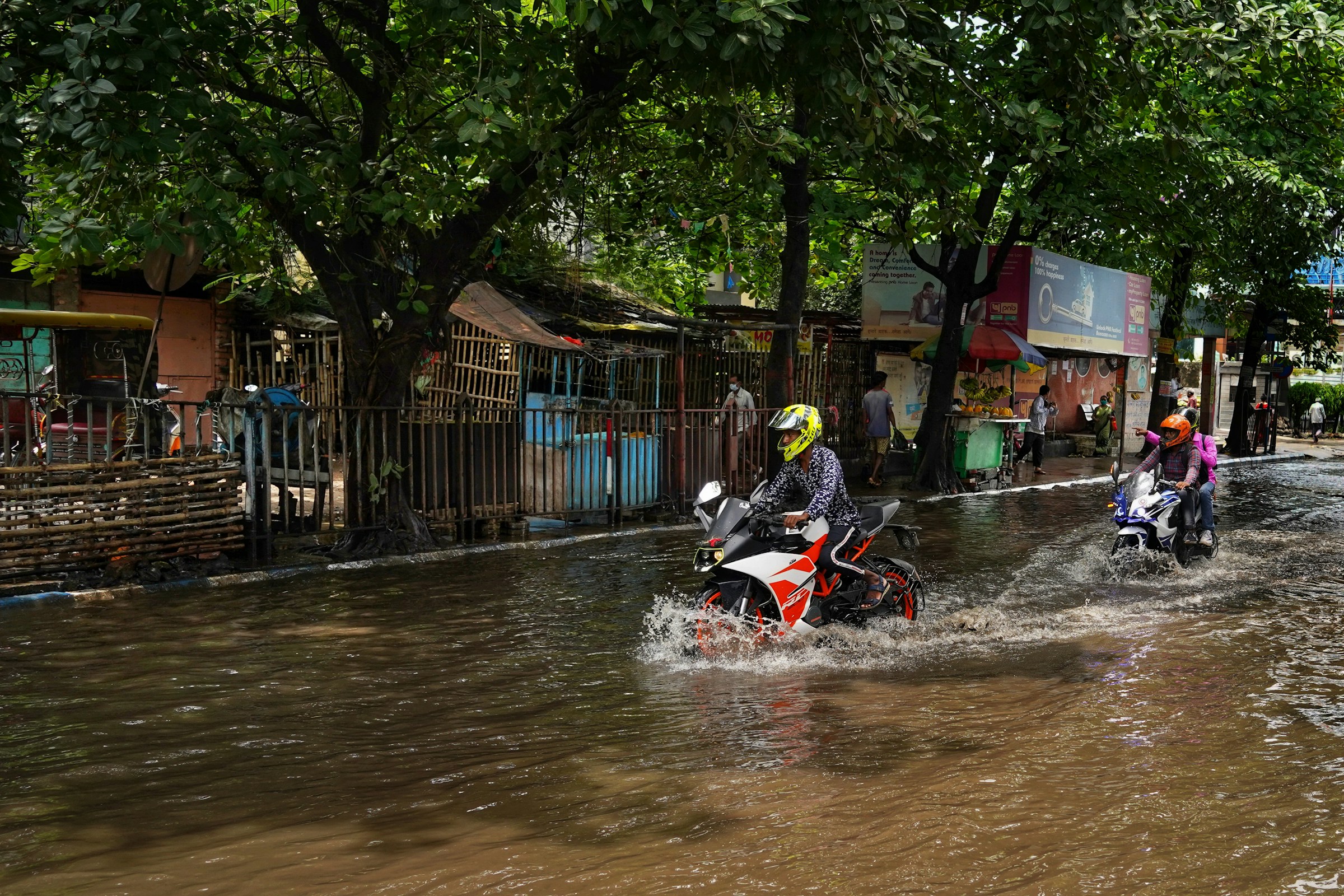Wednesday’s tsunami warnings triggered by a deep-sea earthquake off Russia’s Kamchatka Peninsula were not just seismological events. They were institutional ones. As alerts rippled across Asia’s Pacific coasts, governments were once again confronted with a question that no longer belongs to the future: Can our systems, public and technological, react at the speed of risk?
Asia’s exposure to climate volatility is no longer theoretical. Typhoon Wipha recently battered Southeast Asia, Hong Kong’s central business district flooded during morning commute hours, and El Niño–linked droughts are straining energy grids from Thailand to the Philippines. These are not isolated shocks—they’re signals of structural fragility.
Yet while extreme weather escalates, one capacity remains vastly underutilized: artificial intelligence (AI). In an age where predictive analytics, machine learning models, and data integration pipelines exist, the bigger issue is not innovation but integration. The institutional question is urgent: Can Asia harness AI to structurally transform its disaster management systems before the next crisis hits?
AI’s potential in natural disaster contexts is widely acknowledged—from real-time flood prediction models and typhoon trajectory simulations to earthquake impact forecasts and emergency logistics planning. The value proposition is clear: earlier alerts, smarter evacuations, optimized relief routes, and better resource allocation.
However, most governments in the region remain stuck in pilot-phase adoption. AI-enabled tools are siloed in research institutes, disconnected from operational command chains, or hindered by low-trust public rollout. In some countries, sensors exist but data integrity is compromised; in others, robust geospatial platforms remain unused due to power outages during actual emergencies.
The result is a contradiction: digital capacity is growing, but institutional latency remains unchanged. A deep-learning model is irrelevant if the command center lacks electricity, and predictive mapping won’t save lives if ministries don’t coordinate at speed.
Singapore’s climate analytics hubs, Japan’s advanced seismic AI research, and Korea’s expanding sensor networks illustrate that Asia is not short on technological capability. What’s missing is operational convergence. Most civil defense agencies, meteorological bureaus, and emergency logistics units still operate in vertical command structures designed for 20th-century response—manual, paper-based, and siloed by ministry.
AI does not solve for this. It requires cross-agency protocols, real-time data sharing, and scenario-based rehearsal. It demands that disaster risk management be treated not as a seasonal protocol but as a standing systems function—integrated into power grid resilience, urban design, insurance pricing, and fiscal planning.
Absent that integration, AI remains ornamental. Models are produced, forecasts released, but evacuation delays persist, bridges collapse, and rescue coordination lags. The bottleneck is not GPU access. It is bureaucratic sequencing.
Another silent constraint is talent. Even where AI tools exist, deployment depends on a cadre of data-literate civil servants, municipal planners, and logistics officers trained in both the model and its real-world application. That layer is thin. Many developing Asian economies face a double pressure: rising climate risk and a shortage of technically equipped personnel to translate AI insight into action.
Infrastructure fragility compounds the issue. Coastal villages with flood-mapping drones often lack stable power grids. Rural municipalities equipped with satellite alerts cannot relay evacuation orders in real time due to cellular blackouts. In effect, technology is available—but systems aren’t survivable. Unless AI investments are paired with workforce scaling and infrastructural reinforcement, they will deepen dependency, not reduce disaster risk.
There are exceptions worth noting. The United Arab Emirates, though not traditionally seen as disaster-prone, has embedded AI into water management and urban planning frameworks. Its centralized governance allows rapid integration across agencies and ministries, bypassing the friction that hampers more fragmented states.
Japan’s earthquake alert system is another case of long-horizon investment paying off. AI helps forecast not just quake likelihood but infrastructure vulnerability—allowing preemptive bridge closures, rail halts, and insurance triage planning. This system was decades in the making, but it now provides a template for predictive policy posture.
Contrast that with nations like Myanmar or Vietnam, where weather modeling tools are improving, but actual flood response relies on WhatsApp chains, volunteer networks, and slow-moving state support. The disparity is not in data—it’s in institutional modernization.
For sovereign investors, this is more than a humanitarian issue—it’s a macroeconomic one. Countries with coherent AI-in-resilience strategies will see upward repricing in sovereign risk profiles, enhanced investor trust, and stronger ESG alignment. That means better terms for climate-linked infrastructure bonds, deeper pools for blended finance, and faster post-disaster capital deployment.
Conversely, countries that remain in “reactive mode” will face escalating insurance premiums, capital flight after crises, and hesitancy from global investors wary of response lag. Over time, a nation’s AI resilience blueprint could affect not just disaster outcomes—but creditworthiness and reserve management strategies.
We may soon see the IMF, World Bank, or regional infrastructure banks condition aid or reconstruction financing on demonstrable disaster tech readiness—not just GDP ratios. In this new regime, AI is not optional. It is baseline governance infrastructure.
The central challenge is not technology—it is time. AI is available. Risk is accelerating. The gap is shrinking. The region’s response posture will now reveal which states can evolve institutionally under pressure, and which will remain caught in a cycle of recovery without reform.
In technical terms, AI offers probabilistic governance. It allows decision-makers to model impact, reroute resources, and deploy contingency—all before a storm even forms. But for this to matter, the political economy must shift: from reactive to preemptive, from single-agency to whole-of-government, and from data-collection to decision-chain integration.
This isn’t about digitization. It’s about governance re-architecture.
The region’s next disaster will not test its satellites or servers. It will test its systems: procurement chains, command clarity, data-sharing laws, and public trust. AI will be present—but only as powerful as the institutional scaffolding it rests on.
In the coming decade, the most resilient Asian economies will not be those with the best disaster tech. They will be those who treat disaster management as a state function—not a seasonal one. AI is not the solution. It’s the mirror. What it reveals is whether a government is willing—and able—to act on what it now sees.















